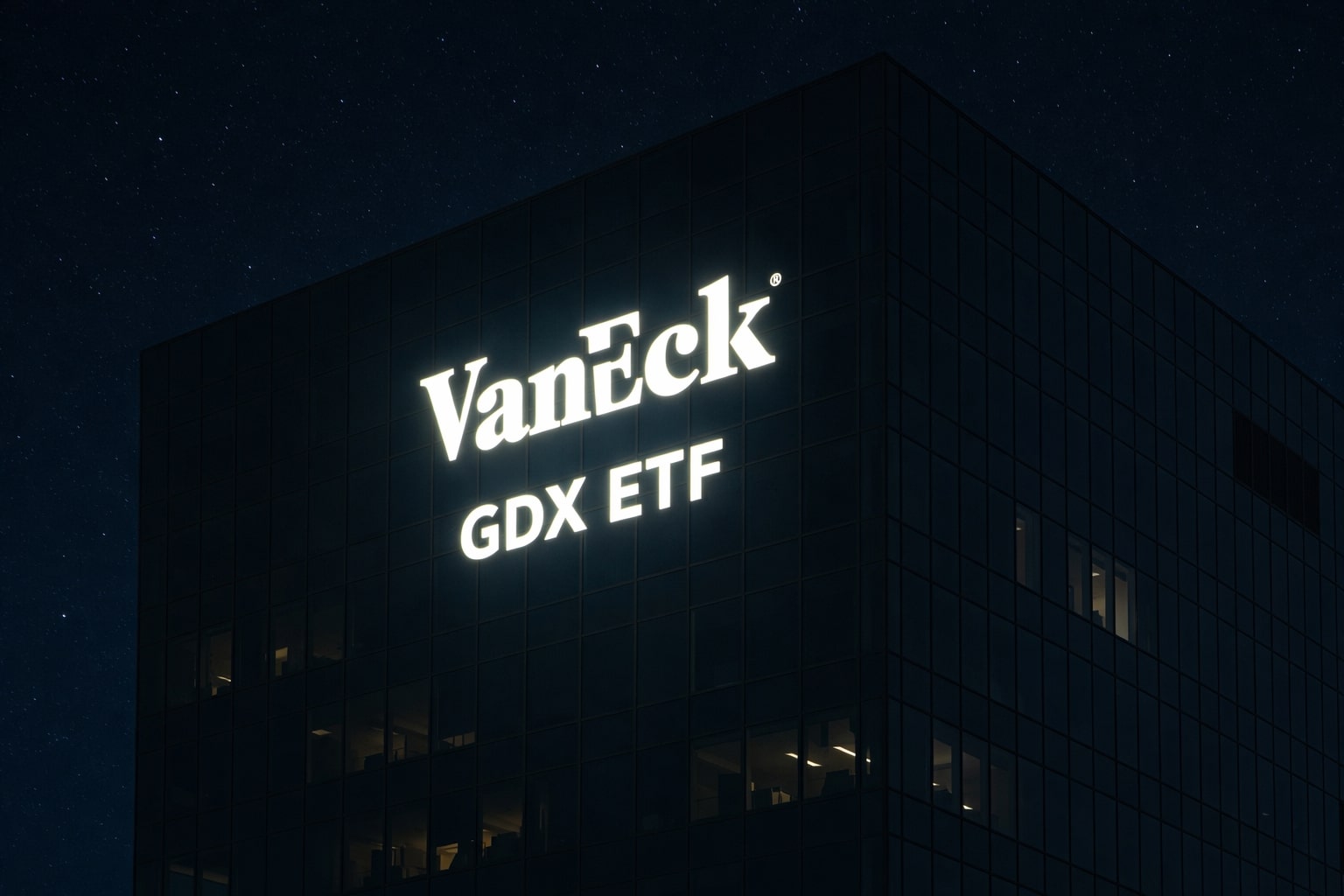
2023: A Historic Year for Bitcoin and the Unexpected Rise of RenQ Finance
Bitcoin Faces Crucial Market Tests as RenQ Finance Emerges as a Promising Challenger in the DeFi Landscape
After an impressive rally early in the year, the crypto market faced a significant slump, with a 10% drop that left investors in a state of uncertainty. The flag-bearer of the crypto market, Bitcoin, touched its annual high of $30,500 per coin but has since stumbled, now trailing 14% behind its record.
The simmering banking crisis brought about an exciting phase for the digital currency market, with Bitcoin skyrocketing from around $20,000 to its record high. However, the recent market corrections and increasing interest rates from the Fed have led to a dampening of enthusiasm. The looming recession fears have not helped, and Bitcoin is teetering at a "critical" point, near its 200-day exponential moving average of $25,000.
Bitcoin, much like its crypto counterparts, bases its value not on tangible revenues or profits but purely on the balance of supply and demand. The lack of financial reports or a CEO charting its trajectory means that investors have to rely heavily on indicators and technical analysis. Therefore, breaching the exponential moving average could trigger a domino effect, leading to a significant sell-off and driving the coin closer to last year's low of $16,000.
Despite this gloomy forecast, one cannot discount the potential for another upswing. The crypto market is known for its volatility, and a significant drop is often followed by an equally substantial rise. Even with the recent slump, Bitcoin has seen a 60% rise since the beginning of the year, outpacing leading indices on Wall Street.
It's also noteworthy to mention that the burgeoning world of DeFi has opened up a new horizon for investors. A shining example of this is the swift rise of RenQ Finance (RENQ). RenQ Finance, with its groundbreaking approach to decentralized finance, is shaping up as a potential disruptor in the DeFi sector. Its ability to bridge isolated blockchains and establish a cross-chain asset exchange network puts it in a unique position to offer enhanced liquidity and accessibility to DeFi services.
With its recent launch on Uniswap and growing community support, RenQ has caught the attention of analysts, who are betting on it to potentially outperform Bitcoin in 2023. The faith in RenQ isn't unfounded. Its technological advancements, such as cross-chain compatibility and comprehensive DeFi services, make it stand out from traditional cryptocurrencies.
However, investing in the crypto market isn't without its risks. Market volatility, regulatory uncertainties, and technological hurdles could pose challenges for RenQ Finance. Nevertheless, the exciting advancements in this space, the potential for explosive growth, and the backing of a dedicated community makes RenQ an intriguing prospect.
In the ever-evolving crypto market, 2023 might just be the year when we see an unexpected champion in the form of RenQ Finance, potentially overshadowing the reigning king, Bitcoin. The crypto market continues to be an exciting space, filled with volatility, unpredictability, and limitless possibilities. The key is to keep exploring, stay informed, and remember that in the world of crypto, fortune favors the brave.
Once regarded as a refuge for investors during financial downturns, Bitcoin, the most prominent cryptocurrency, has seen its value slip away at an alarming rate in recent weeks. Investors, having ridden high on the wave of a digital currency boom, are now wrestling with the reality of a significant drop in the value of their investments. Bitcoin, which touched its record annual high of $30,500 per coin last month, has declined around 4% today, marking a 14% drop from its peak value. Likewise, Ethereum and Solana have followed a similar trajectory, echoing the downturn in the broader digital currency market.
But, this isn't a completely new scenario. The world of cryptocurrency is no stranger to the wild oscillations of market dynamics. The most recent substantial surge in the crypto market transpired last March, coinciding with the banking crisis. During this period, Bitcoin traded around $20,000, a value significantly lower than its current trading price, even after accounting for recent losses. This demonstrates that while the ebb and flow of cryptocurrency values may seem volatile, it's par for the course in this emerging sector.
At this point, it's essential to understand the broader economic backdrop against which these changes are taking place. The Federal Reserve, the U.S. central bank, continues its tightening monetary policy, persistently nudging interest rates higher. This creates an environment less conducive to risk-taking, affecting markets, including cryptocurrencies. On the regulatory front, there is a lack of enthusiasm to nurture the world of digital currencies in any substantial way. In the shadow of these developments, fears of a recession still loom large on the horizon, stirring investor anxiety.
Yet, there's a particular concern specific to Bitcoin, which is now inching closer to a "critical" juncture - its 200-day exponential moving average. This key indicator, seen as a bellwether of the market's trend (whether bearish or bullish), is currently pegged at $25,000, just a 5% drop from Bitcoin's current price of $26,200. This close proximity to the 200-day average raises the specter of potential further downturns.
Investor sentiment in Bitcoin, unlike publicly traded companies, doesn't rely on conventional economic fundamentals such as revenue or profit. Bitcoin's value is inherently nebulous - it could just as well be worth $5, $10,000, or $1,000,000. It's derived from investor demand and supply. The greater the enthusiasm for the currency, the more the price tends to escalate.
Given that Bitcoin doesn't have financial reports to analyze or a CEO articulating its future trajectory, many investors rely on indicators and technical analysis when deciding to invest in the currency. Consequently, if Bitcoin breaks below its exponential moving average point, coupled with the normal moving average (which currently hovers around $23,000), it could trigger a sell-off, pushing its price down to last year's low of about $16,000.
But, is this simply the calm before the storm?
Rewind to the period just before the banking crisis in the U.S., Bitcoin saw a tumble of more than 20% from its then annual record. Could it be that what we're witnessing now is a similar cooling-off period after a sudden, sharp escalation in price? Consider this - Bitcoin, despite the recent downturn, has surged more than 50% since the start of this year until mid-February, significantly outpacing Wall Street's leading indices. Even with the bleak outlook and persistent doomsday predictions throughout 2022, Bitcoin is still up 60% since the beginning of the year.
Predicting the stock market's direction in the near term is notoriously difficult. So, forecasting where the crypto market will land during the same period might as well be a dart throw in the dark. However, it's worth reflecting on the entire picture. Just six months ago, a significant portion of investors were certain of Bitcoin's impending demise. Yet, it continues to persist, confounding naysayers and continually carving out its niche in the financial world.
The game of cryptocurrencies has its highs and lows, where investors' spirits oscillate between exhilaration and despair, often in the span of a day. Bitcoin experienced this very phenomenon on May 23 when it plunged by around $1,000, a 3.20% decrease within 24 hours. Yet, it's not all doom and gloom in the crypto realm. According to Whale Alert, a blockchain tracking and analytics platform, anonymous wallets transferred more than a billion USD worth of Bitcoin, indicating that while the market may be down, activity is still buzzing.
Every day in the crypto world can feel like a rollercoaster ride, and the day after the big dip was no different. As if to mock the anxiety of the previous day, the market surged, with Bitcoin aiming for the $27,500 mark, encapsulating the constant volatility that characterizes the crypto market. Traders have their eyes locked on key levels to protect their investments going forward, with emphasis on the 100-day and 200-week moving averages (MAs), as they have become a popular topic of conversation among crypto enthusiasts in recent weeks.
Notably, Daan Crypto Trades, a popular trader, noticed that long positions were returning to the market just hours after the downturn. This "buying the dip" trend has been a common feature during recent local lows. "Bybit Open Interest already almost back to where it was before this long squeeze. Seems like quite a lot of longs instantly re-entering," he remarked.
The anxiety surrounding cryptocurrencies isn't only domestic. There's international anxiety brewing as well, with worries about the U.S. government's debt ceiling deadlock causing jitters. For trading platform QCP Capital, this uncertainty signals a time for caution for Bitcoin bulls. Despite the volatility, BTC/USD managed to hold up within a tight range. If the debt ceiling issue gets resolved favorably, Bitcoin might sync back with other macro markets' implications, according to QCP Capital.
"Although our medium-term bias is for higher BTC, on a deal scenario — we think BTC could quickly sync back with what other macro markets are implying," they outlined.
The monitoring resource Material Indicators summarized the situation on Twitter, "We are getting a long awaited retest of the 200-Week Moving Average. IMO, this is the MOST important level for BTC bulls to hold."
In this rapidly evolving financial landscape, newer cryptocurrency projects are making their mark. One such promising decentralized finance (DeFi) project is RenQ Finance (RENQ). Some analysts believe that RENQ has the potential to outperform Bitcoin in 2023 due to its technological advancements and growing community support. This highlights how emerging projects are challenging Bitcoin's supremacy, providing investors with additional options for diversification.
Bitcoin, since its creation in 2009, has seen remarkable growth due to its finite supply and increasing adoption. Despite its significant volatility, it has become a recognized digital store of value and an investment asset. However, predicting Bitcoin's future performance remains challenging.
start trading>> 86% of retail CFD accounts lose money
According to some analysts and experts, there's a belief that Bitcoin's price will maintain an upward trajectory throughout 2023. If the current moderate bullish trend persists in the coming months and years, Bitcoin might make multiple attempts to surpass the $30,000 to $32,000 range. Despite the substantial supply pressure in this zone, there's optimism that Bitcoin will eventually overcome this hurdle, potentially by the end of 2023.
Meanwhile, other experts argue that the cryptocurrency market might face a correction in 2023 due to growing geopolitical tensions, regulatory uncertainties, and risks associated with new crypto projects. These predictions are based on the assumption that there might be a slow and steady recovery in the crypto market after the 2022 market crash.
In summary, while the crypto market continues to experience significant volatility, investors and traders are eagerly awaiting the next bullish phase. Whether Bitcoin will continue to rise, fall, or stay steady is uncertain. Still, the rapidly evolving world of cryptocurrencies is likely to provide numerous opportunities and risks for investors. As always, it's important for investors to do their research and understand the risks associated with investing in cryptocurrencies before making a decision.
Read More
-
GDX ETF at $88 While Gold Tests $4,400: Are Gold Miners Poised for $100?
19.12.2025 · TradingNEWS ArchiveStocks
-
XRP ETF Boom: XRPI at $10.94 and XRPR at $15.49 as XRP-USD Clings to the $1.80–$1.90 Zone
19.12.2025 · TradingNEWS ArchiveCrypto
-
Natural Gas Price Forecast: NG=F Hovering Near $3.92 As Weather, LNG And Storage Collide
19.12.2025 · TradingNEWS ArchiveCommodities
-
USD/JPY Price Forecast - Dollar to Yen Near 157 as BoJ’s 0.75% Rate Hike Backfires on the Yen
19.12.2025 · TradingNEWS ArchiveForex

















